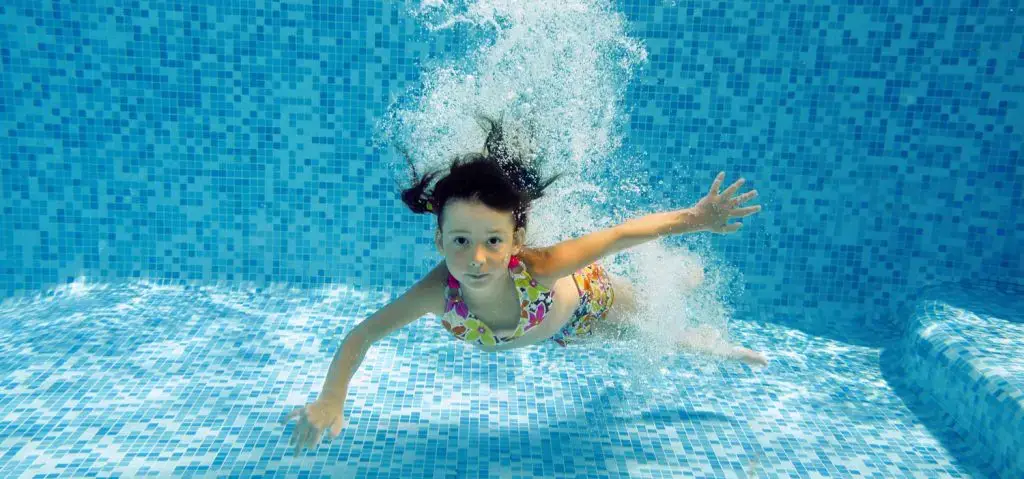When you are building a custom swimming pool, you will need to consider many factors. One of the big-picture decisions you will need to make is the depth of the pool. Determining the ideal depth is similar to determining the ideal size overall. You will need to consider who is using your pool, how they are using it, and if this is likely to change in the future.
Standard Pool Depth
Although pools are by no means one-size-fits-all, it can be helpful to consider the most common pool depth as a starting point for your design. The most common depth for residential pools is a shallow end that is three feet deep. This transitions through a gentle slope into a deep end which is five or six feet deep. This structure works well for a variety of different swimmers. It’s possible for children to play in the shallow end while adults can swim in the deep end. This basic structure can be adapted to match your needs.
Depth Transition
Using a slope is the most common way to transition from the pool’s minimum depth to its maximum depth. Keep in mind that if you increase depth for the deep end while keeping the shallow area the same, you may need to increase the length of your pool to accommodate the slope.
The major exception to the practice of using a slope to change depths is a sun shelf. This is a very shallow shelf at the entrance of your pool that immediately drops into a deeper area below. This can be a great addition for lounging or to allow young children and pets to play in a safer shallow area.
It is also possible to maintain a consistent swimming pool depth, although this is less common. The main reason to consider a multiple-depth pool is that it can accommodate more types of swimmers. However, a single-depth pool can be appropriate if you only plan to use your pool for one purpose. For example, a dedicated lap pool can be approximately four feet deep throughout and still provide an optimal experience.
Decreasing Minimum Depth
If you have young toddlers, you may be considering having a more shallow minimum depth to give them a safe area to play. In many cases, a sun shelf is a more effective way to accomplish this than using a smaller minimum depth in a sloping design. This is because anything less than two and a half or three feet can be difficult for adults to use and you will need to increase the length of the pool to accommodate the transition.
Increasing Maximum Depth
While the standard five/six feet deep end is enough for swimming or jumping in feet-first, this is not a safe depth for diving. A diving pool should be eight feet deep at a minimum and the slope must angle appropriately to reduce the risk of injury. Local ordinances can also impact whether or not you can install a diving board. Your pool company can incorporate a deeper area into your pool design and can help you determine how deep this needs to be.
Depths greater than eight feet are not common in residential pools due to increased construction and maintenance expenses. However, building a very deep pool is not impossible and you can discuss this option with your pool builder to get more details.
Build a Custom Pool
At Pools by Design, we can help you determine the best water depth for your pool and we will work with you to bring your dreams to life. We will discuss all of the details that could impact how you use your pool and we will use our expertise to create pool designs that are gorgeous and functional.
To discuss the best pool depth for you, contact us today.


